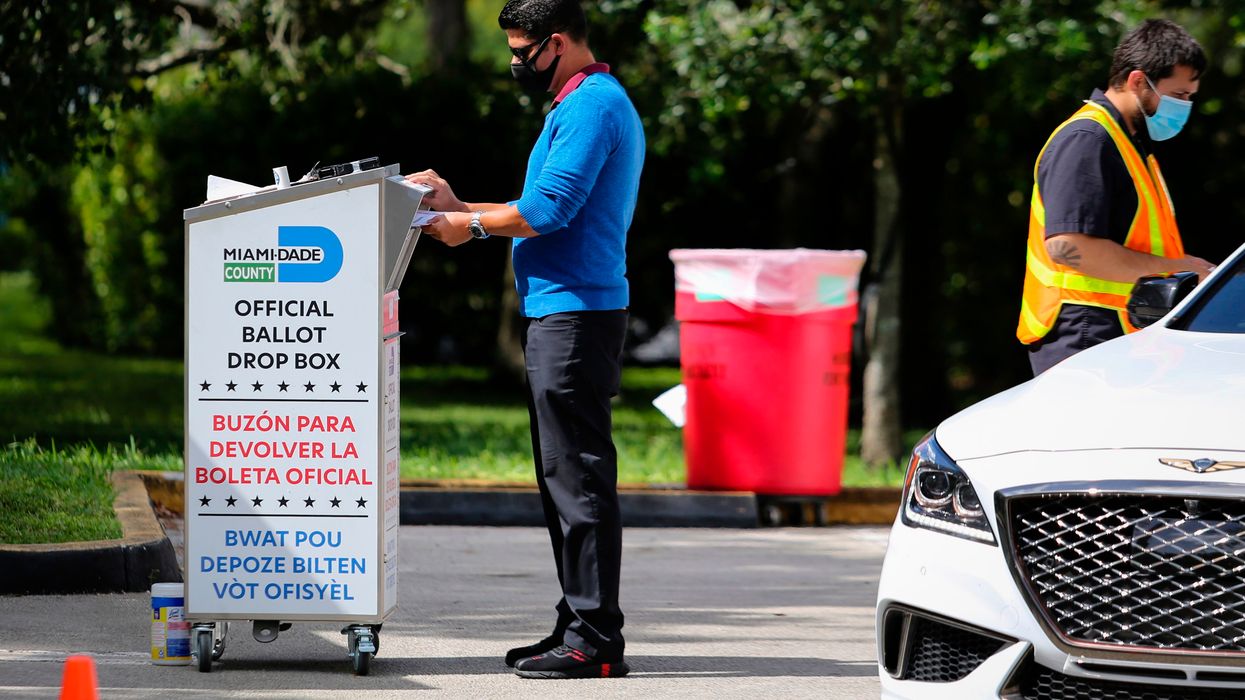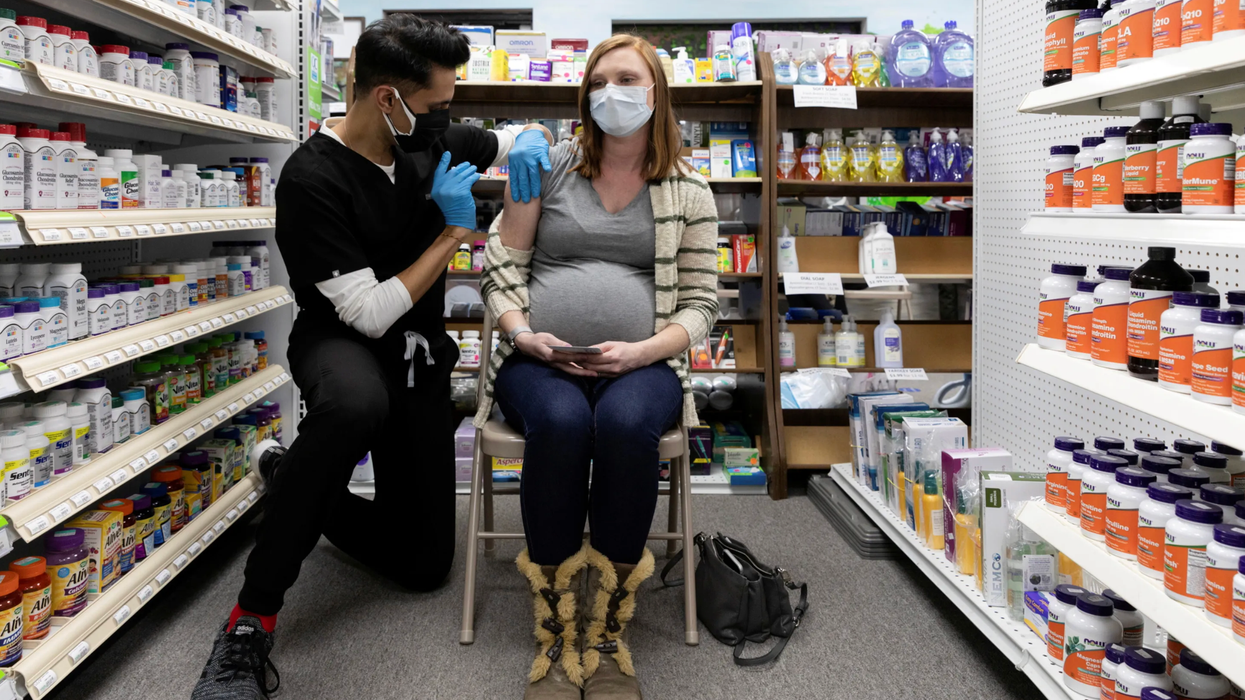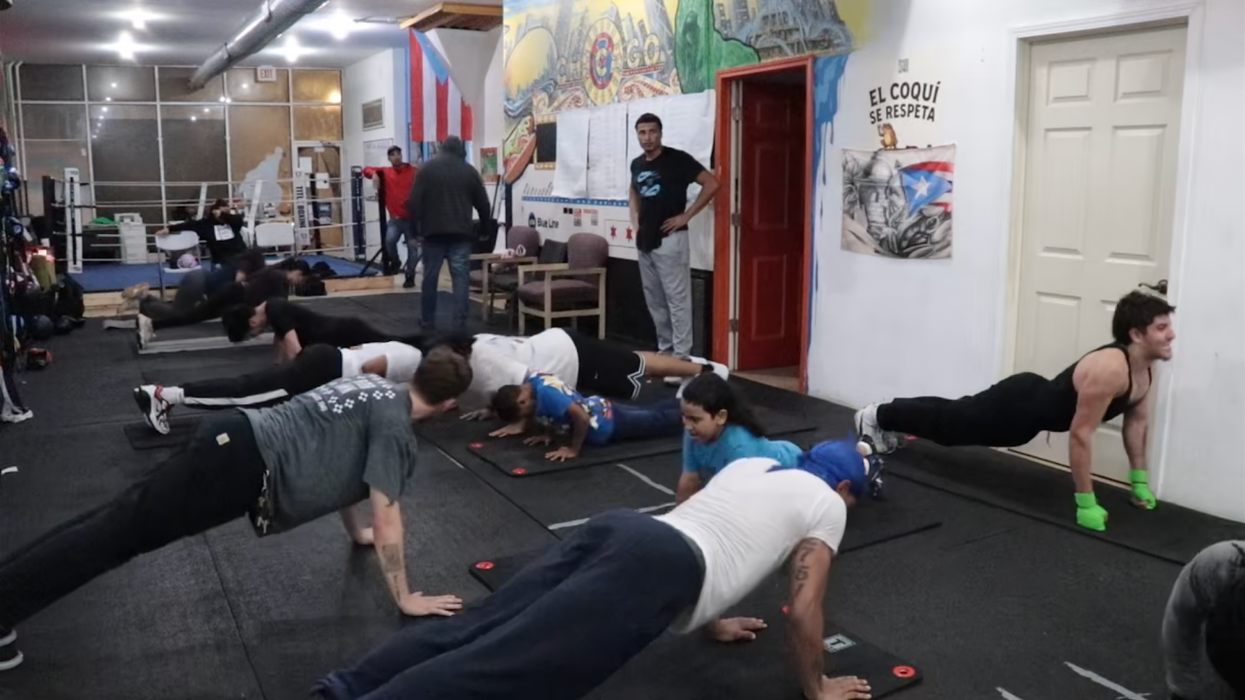Ballot measures that would have opened primaries to all voters, and advanced the top vote-getters to the November ballot regardless of party, appear destined for defeat in both the biggest politically purple state and the physically biggest state.
While a solid majority of Floridians voted to allow every voter to participate in the often crucial nominating contests, the measure came up about 30,000 votes short of the three-fifths supermajority required. A similar proposal in Alaska was garnering only 43 support with four in five precincts reporting Wednesday.
Republican and Democratic leaders generally oppose open primaries, which would dilute their dominance over elections by taking away the guarantee one candidate from each would make the November ballot. Supporters maintain the overriding benefit for democracy is giving more of a voice to the huge blocks of voters (pluralities in some states) that don't align with the major parties — and to candidates who have broken free of the duopoly.
Both states are among the few that require voters to register with one of the two major parties if they want to vote in primaries. Most places allow some sort of crossover or independent participation. These are the details of the proposals:
Florida
While the proposal came up short, garnering 57 percent, proponents were heartened by the broad support it received from Republicans, Democrats and independents. More than 5.8 million people voted for the measure — more than who cast ballots for either President Trump, who carried the state, or former Vice President Joe Biden.
The measure's defeat means Florida's current primary system will stay intact, only allowing voters registered with a major party to participate. This system does not permit the state's 3.8 unaffiliated voters (30 percent of the electorate) to have a say in which candidates make it on the November ballot.
Open Primaries, the national group advocating for electoral reform, said although Florida was a heartbreaking loss, it remains committed to pushing for change next year and beyond. Their argument is that open primaries make the political system work better by rewarding candidates who appeal to the center instead of to the red or blue bases. Critics say that may be true, but often at the expense of Black and Latino candidates.
Alaska
The outcome of a sweeping democracy reform initiative had not yet been called since officials were still counting ballots in a fifth of the precincts. Results may take days to finalize, but the current margin of 23,000 votes will be tough to overcome.
The measure would open up congressional and state government primaries to all voters, regardless of party, starting in 2022. Many voters in Alaska aren't affiliated with either major party, so proponents of this expansion say it would ensure their voices are heard.
In addition to open primaries, the initiative would have also established ranked-choice voting for statewide races and bolstered transparency around political spending.



















